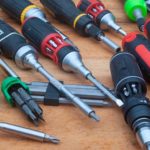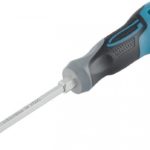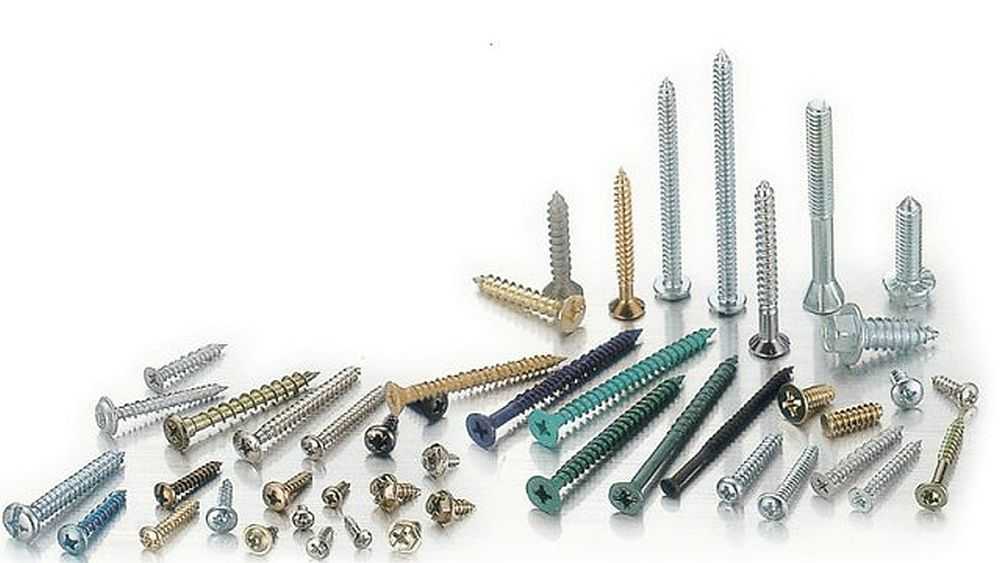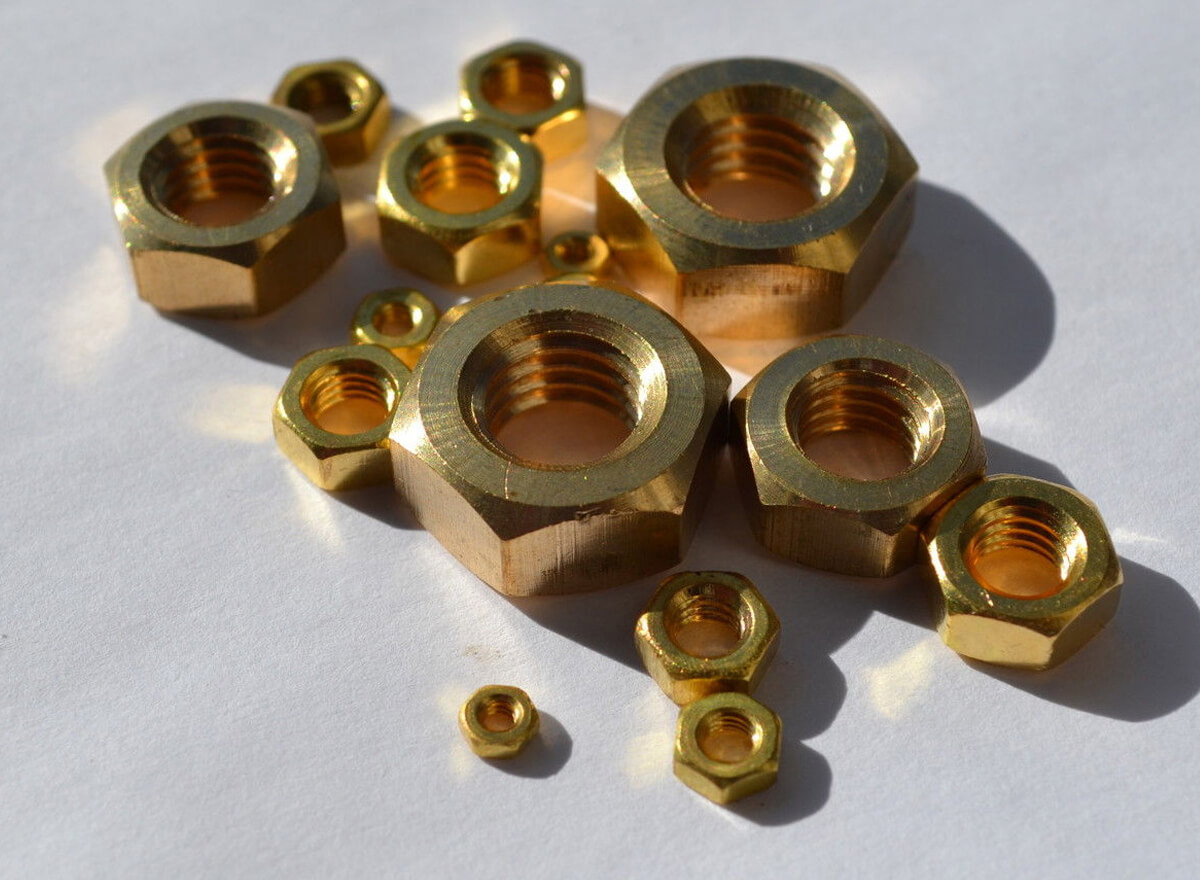Self-tapping screws for drywall - sizes and types
Today, instead of fussing with plaster mortar when leveling walls and ceilings, they often use plasterboard or gypsum fiber sheet (hereinafter I will use the abbreviation GVL). Fast, practical and environmentally friendly - what more could you ask for? When carrying out work, the final result depends not only on the quality of the gypsum plasterboard, but also on the fasteners used. In this article we will talk about self-tapping screws for drywall and look at their types and sizes. And at the same time, let’s go over the quality criteria when choosing fasteners.
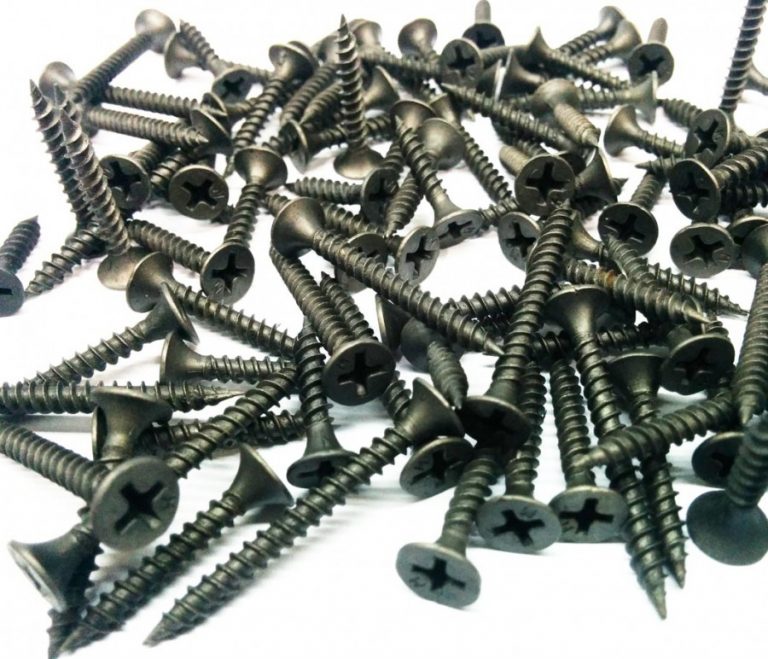
The content of the article
Types of fasteners depending on the frame material
As such self-tapping screws for drywall not separately - the choice of fasteners for work occurs according to a number of criteria, which we will now talk about.
Drywall itself as a material is very fragile and crumbles quite easily. And how to judge what is best to screw into it? In this case, it is more appropriate to talk about the fasteners with which the frame and the gypsum fiber board will be connected to each other. Depending on the material from which the frame is made and its thickness, you can use:
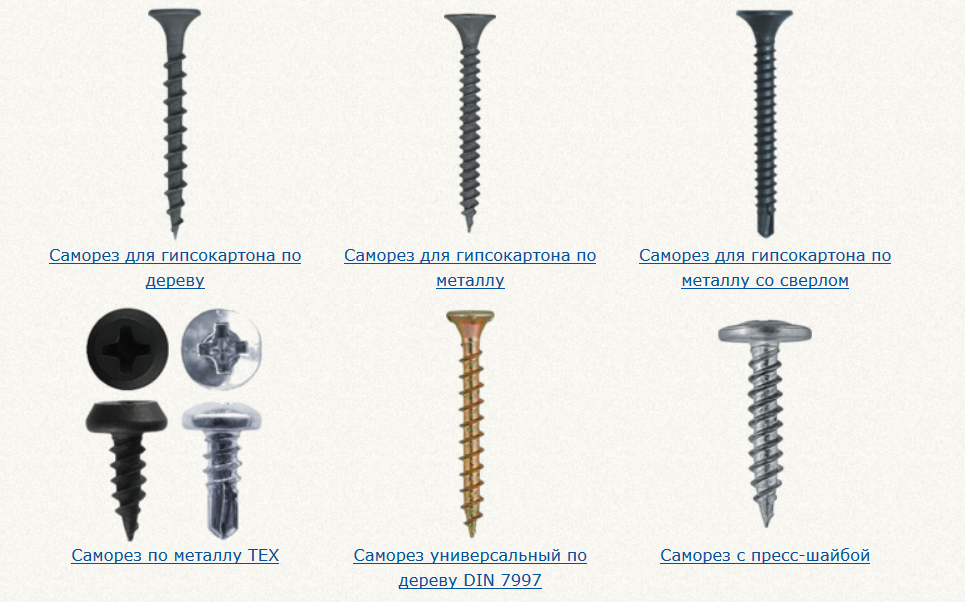
- Self-tapping screws for metal without a drill tip — they are made of carbon or stainless steel. Galvanizing, oxidation and phosphating of fasteners are used as protection against weathering. Products made of brass, although better protected from oxidation, are not strong enough to work with metal.A characteristic feature of metal screws is a frequent thread pitch.
- For metal with drill bit - just like without it, they are made of steel. A characteristic feature is the presence of an independent drill on the nose, which allows you to work with metal frames with a thickness of 2 mm or even more. If you do without such a tip, you will have to pre-drill holes in the frame.
- On wood — if a wooden frame is covered with plasterboard, then it is advisable to use this type of fastener. In this case, we can talk about both steel and brass screws, since the wood is quite soft.
There are also so-called double-threaded self-tapping screws for fastening together materials of different densities. One of the threads on them is larger than the other. When using them, the reliability of the connection increases noticeably.
On a note. If, when screwing in brass fasteners, problems arise, such as the slot licking off or the head breaking off, drill a hole with a diameter of 2 mm less than the thickness of the self-tapping screw thread at the intended connection. Folk craftsmen also suggest soaping the carvings - this also helps.
Most common fastener length
For assembling plasterboard structures, self-tapping screws up to 200 long and up to 5 mm thick are mainly used. Depending on the specific purpose for which the self-tapping screw is used, I recommend stocking up on the following sizes:
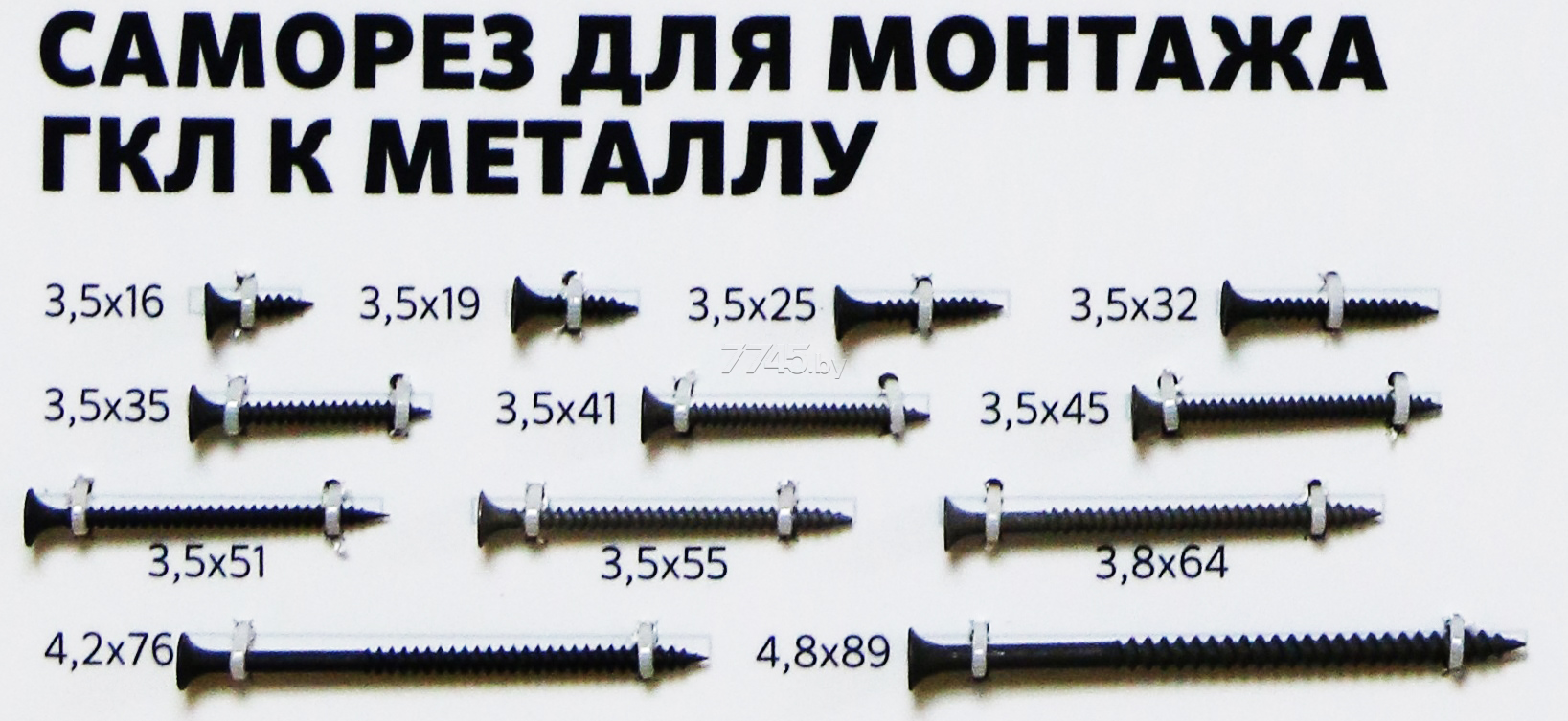
- for a set of metal frames - small, 9.5 mm, preferably with a drill tip for speed and ease of work;
- connecting the sheet to the profile - 25 mm, type of fastener and the presence of a drill tip depending on the frame material;
- when connecting a frame with two layers of drywall - 35-40 mm;
- for attaching hangers and guides to each other - 45 mm.
Of course, it won’t be possible to provide for everything; you need to look locally to see what sizes are missing.
A little about splines
If there are different types of fasteners in use - for wood, metal, with or without a drill - I strongly recommend that when purchasing them, you pay attention to ensure that, if possible, their heads are, if not the same, then at least of a similar configuration. As they say, ugly, but uniform.
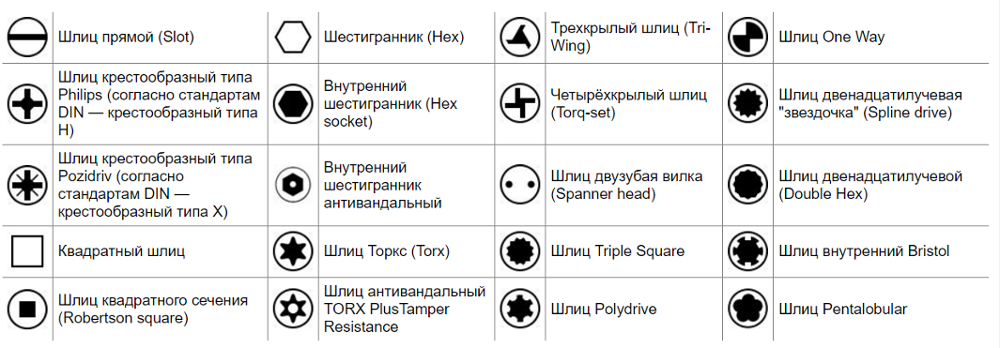
Another thing is the splines on these heads. If you initially miss this point, then during the work you will have to change the bit on the screwdriver and waste time. Why not take all the fasteners for a slot, say, Ph2 or Pz2? There is a very significant difference between them, and you will feel it if you try to spin them with the wrong size or standard bat.
Quality criteria when selecting fasteners
When purchasing a batch of self-tapping screws, pay attention to the following details:
- Color spectrum. There is no need to think about the purely aesthetic side of the issue. The fact is that if the coating is of poor quality, the color of the fastener can vary greatly. It happens that rust on steel fasteners, especially those with a phosphated coating, appears while still in the store.
- Slot should be in the center of the screw head and have a clear outline, without any foreign inclusions of metal in it. If you miss this moment, when tightening such fasteners, a lot of quiet, kind words will be said, and some of it will be thrown away.
- Evenness of fasteners, especially long enough. You can work with it, but the process itself will cause a storm of emotions, and again you will have to reject some of it.
- Make sure it's in the package all screws match in thread and length, unless, of course, you deliberately buy a kind of “hodgepodge”.
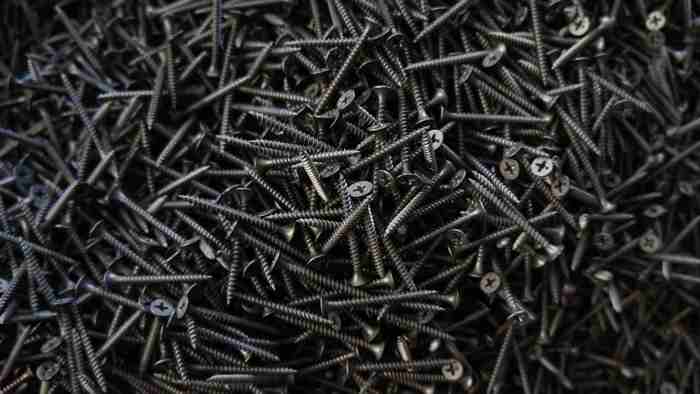
Unfortunately, it is unlikely that it will be possible to check the quality of the material from which the fasteners are made when purchasing.If it is low, this will come up during work - the splines will begin to break off and the heads will break off, and when working with them, the products can bend in the manner of Turkish sabers.

